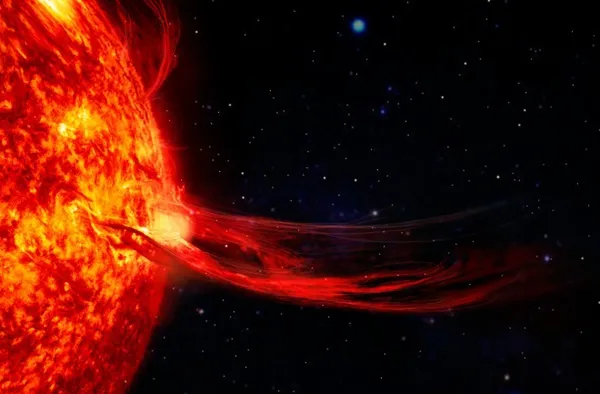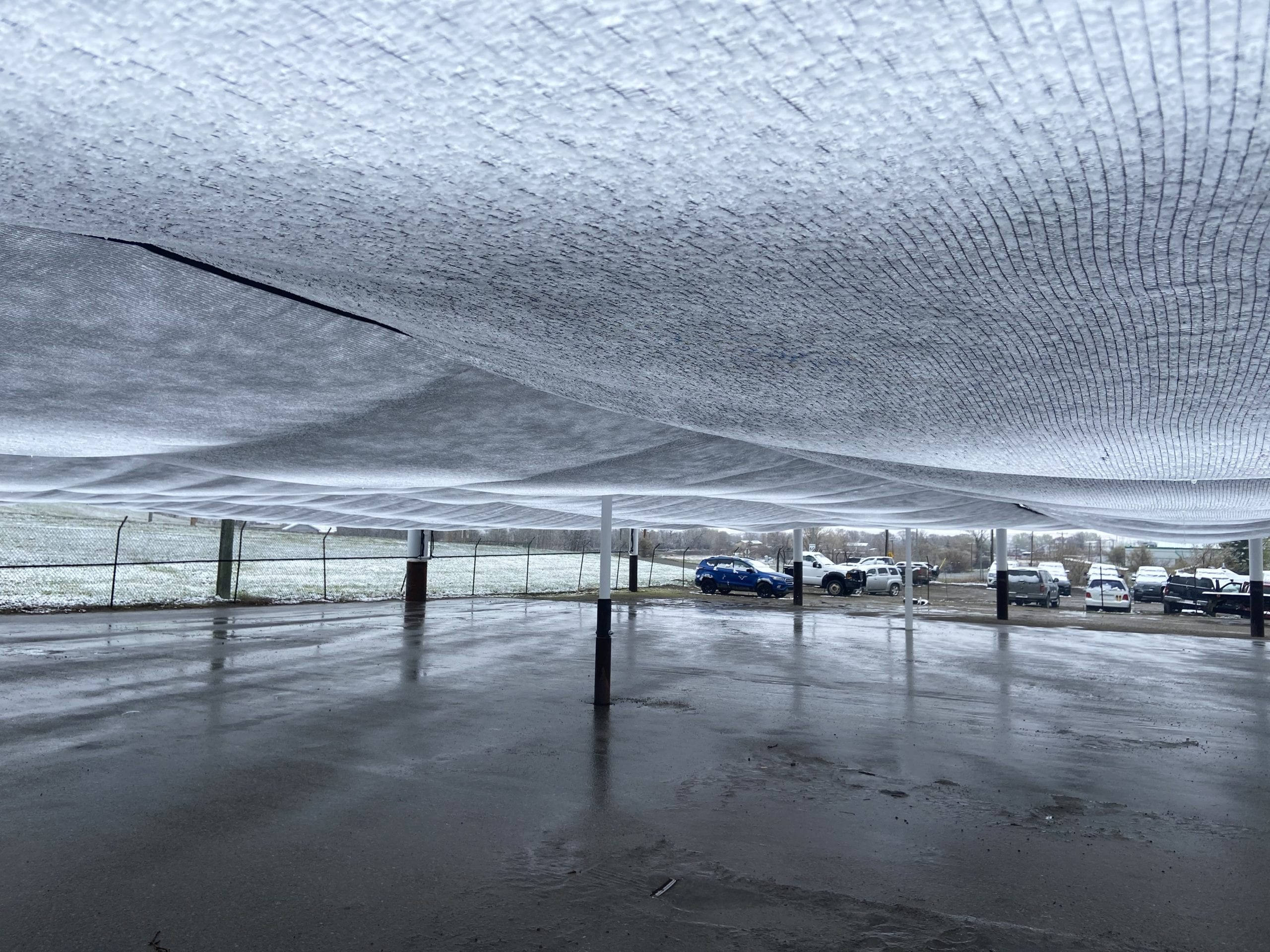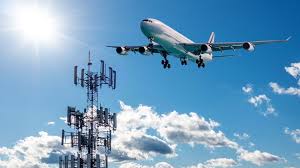“Buckle up, folks! The sun’s got a surprize party planned, and Earth might be caught off guard. Move over, 2024, because it seems like the sun’s decided to hit us with its version of fireworks, and they’re not the sparkly, peaceful kind. Hold onto your hats and satellite connections because it looks like we’re in for a solar storm rollercoaster ride! But fear not, there’s more to this celestial spectacle than just disrupted Wi-Fi and satellite woes. Let’s dive into the cosmic drama that’s about to unfold.”
Scientists are anticipating an early arrival of the ‘solar maximum’ in 2024, far ahead of previous predictions. This cycle occurs roughly every 11 years, marked by numerous dark spots appearing on the sun’s surface, known as ‘sunspots’, emitting charged particles that impact the Earth.
When sunspots gather together, they form a group that looks like a cluster of islands. These sunspots are created by big changes in the sun’s magnetic field. They also shoot out bursts of strong energy towards Earth, causing ‘solar storms’ that can possibly damage satellites and interrupt internet connection.
The findings of a recent study, headed by Dr. Dibyendu Nandi at the IISER Kolkata Center of Excellence in Space Sciences in India, suggest that the current solar maximum is progressing at a faster rate than previously predicted by NASA, which expected its arrival around late 2025.
Dr. Nandi highlighted the challenge of predicting the storms’ intensity and repercussions this early, indicating a need for further understanding as the anticipated timeframe approaches.
He noted, “The most severe storms could lead to detrimental effects on low Earth orbiting satellites, disrupting communication and navigation networks. Additionally, they might trigger disturbances in the geomagnetic field, impacting power grids in high latitude regions.”
Despite the potential disruptions, Dr. Nandi also pointed out the silver lining, mentioning the likelihood of captivating auroras, making 2024 an exciting prospect for aurora hunters.










